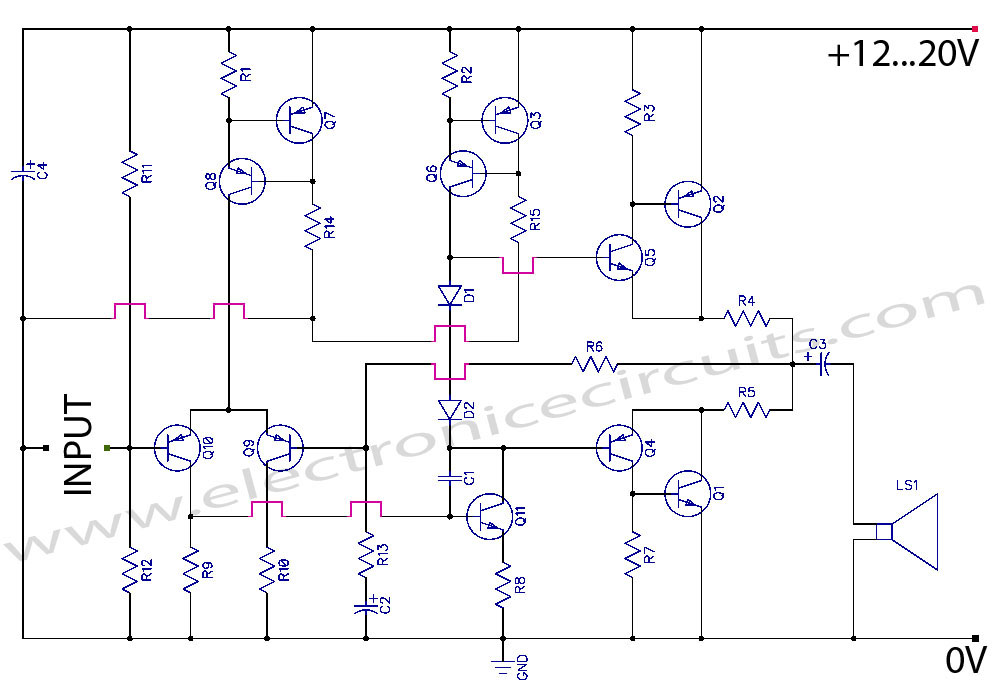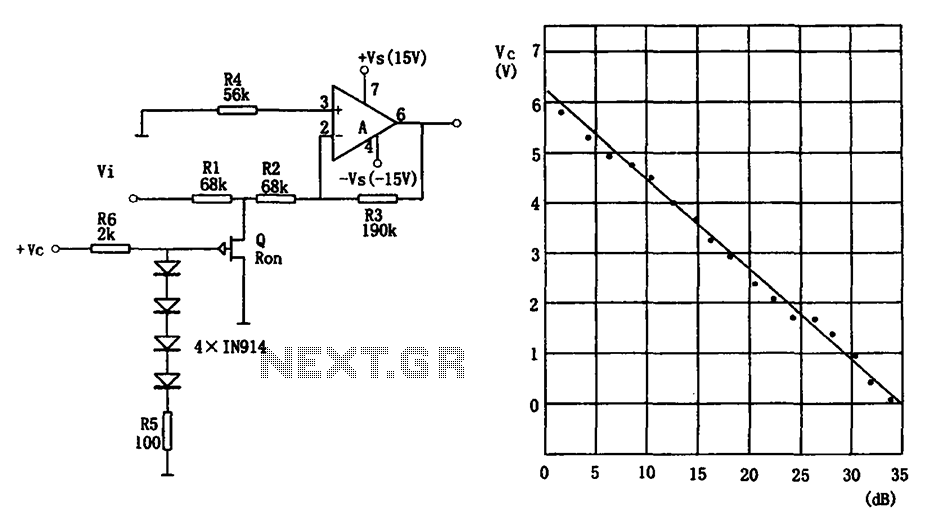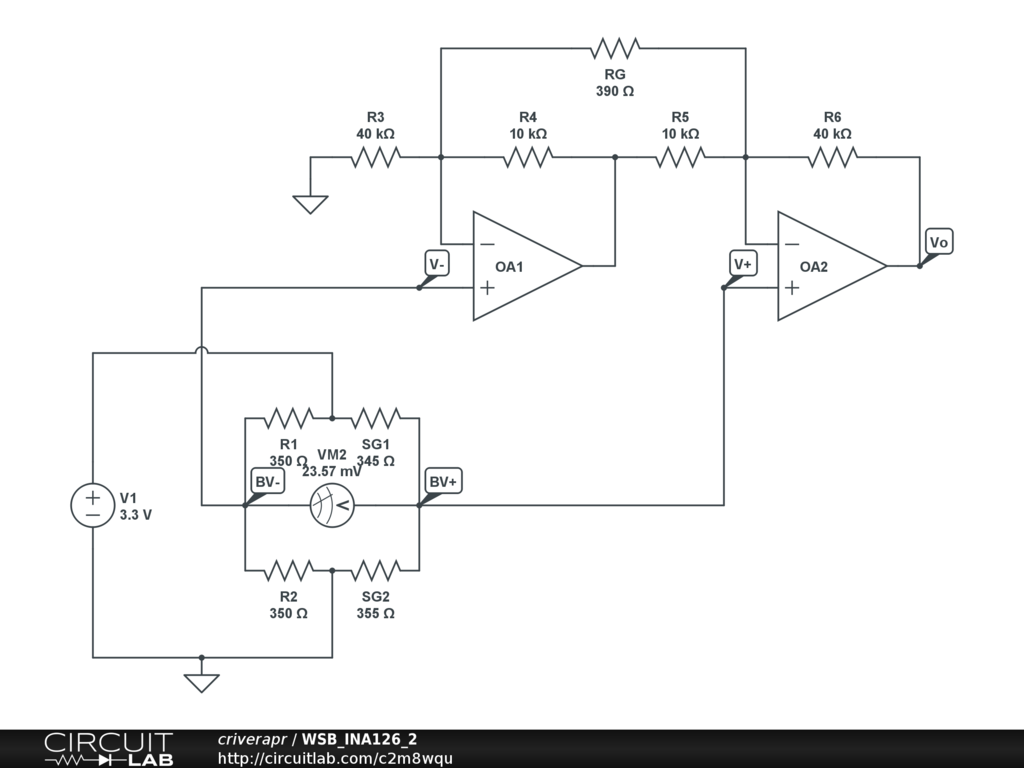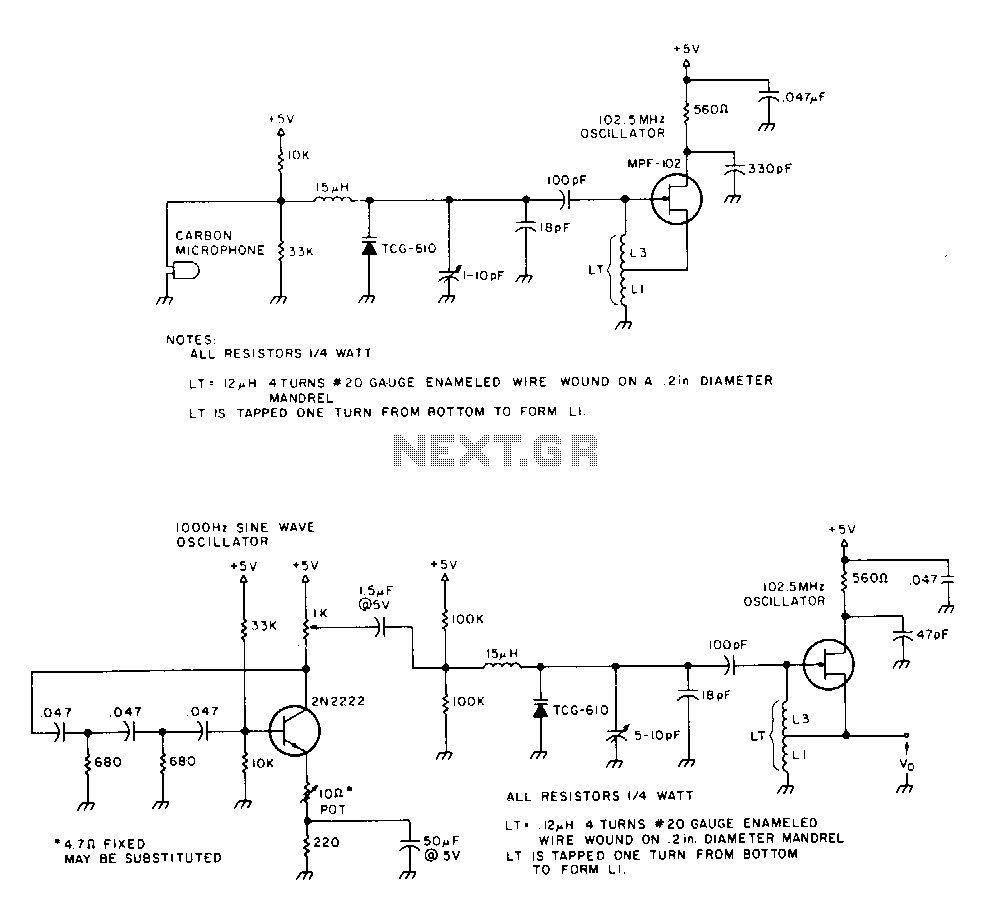
Class AB Transistor Power Amplifier

Discrete Class AB Transistor Audio Power Amplifier Circuit Diagram. This is a Class AB transistor power amplifier. It is a simple amplifier.
The discrete Class AB transistor audio power amplifier is designed to provide efficient amplification of audio signals while minimizing distortion. This circuit typically employs a pair of complementary transistors, one NPN and one PNP, to achieve the Class AB operation. The configuration allows the amplifier to conduct during both halves of the audio waveform, thus enhancing the linearity of the output signal.
Key components in this amplifier include the input coupling capacitor, which blocks any DC offset from the audio source, and biasing resistors that set the operating point of the transistors. A feedback network, often comprising resistors and capacitors, is utilized to stabilize the gain and improve frequency response. The output stage may include additional components such as emitter resistors to improve thermal stability and prevent crossover distortion.
The power supply section is crucial, as it provides the necessary voltage and current to drive the output transistors. Proper decoupling capacitors are often placed near the power supply pins to filter out noise and ensure stable operation under varying load conditions. Additionally, heat sinks may be employed on the transistors to dissipate heat generated during operation, ensuring reliability and longevity of the amplifier.
Overall, this Class AB amplifier design is favored for its balance of efficiency and sound quality, making it suitable for various audio applications, from home audio systems to professional sound reinforcement.Discrete Class AB Transistor Audio Power Amplifier Circuit Diagram This is a class AB transistor power amplifier. It is a simple amplifier to. 🔗 External reference
The discrete Class AB transistor audio power amplifier is designed to provide efficient amplification of audio signals while minimizing distortion. This circuit typically employs a pair of complementary transistors, one NPN and one PNP, to achieve the Class AB operation. The configuration allows the amplifier to conduct during both halves of the audio waveform, thus enhancing the linearity of the output signal.
Key components in this amplifier include the input coupling capacitor, which blocks any DC offset from the audio source, and biasing resistors that set the operating point of the transistors. A feedback network, often comprising resistors and capacitors, is utilized to stabilize the gain and improve frequency response. The output stage may include additional components such as emitter resistors to improve thermal stability and prevent crossover distortion.
The power supply section is crucial, as it provides the necessary voltage and current to drive the output transistors. Proper decoupling capacitors are often placed near the power supply pins to filter out noise and ensure stable operation under varying load conditions. Additionally, heat sinks may be employed on the transistors to dissipate heat generated during operation, ensuring reliability and longevity of the amplifier.
Overall, this Class AB amplifier design is favored for its balance of efficiency and sound quality, making it suitable for various audio applications, from home audio systems to professional sound reinforcement.Discrete Class AB Transistor Audio Power Amplifier Circuit Diagram This is a class AB transistor power amplifier. It is a simple amplifier to. 🔗 External reference





